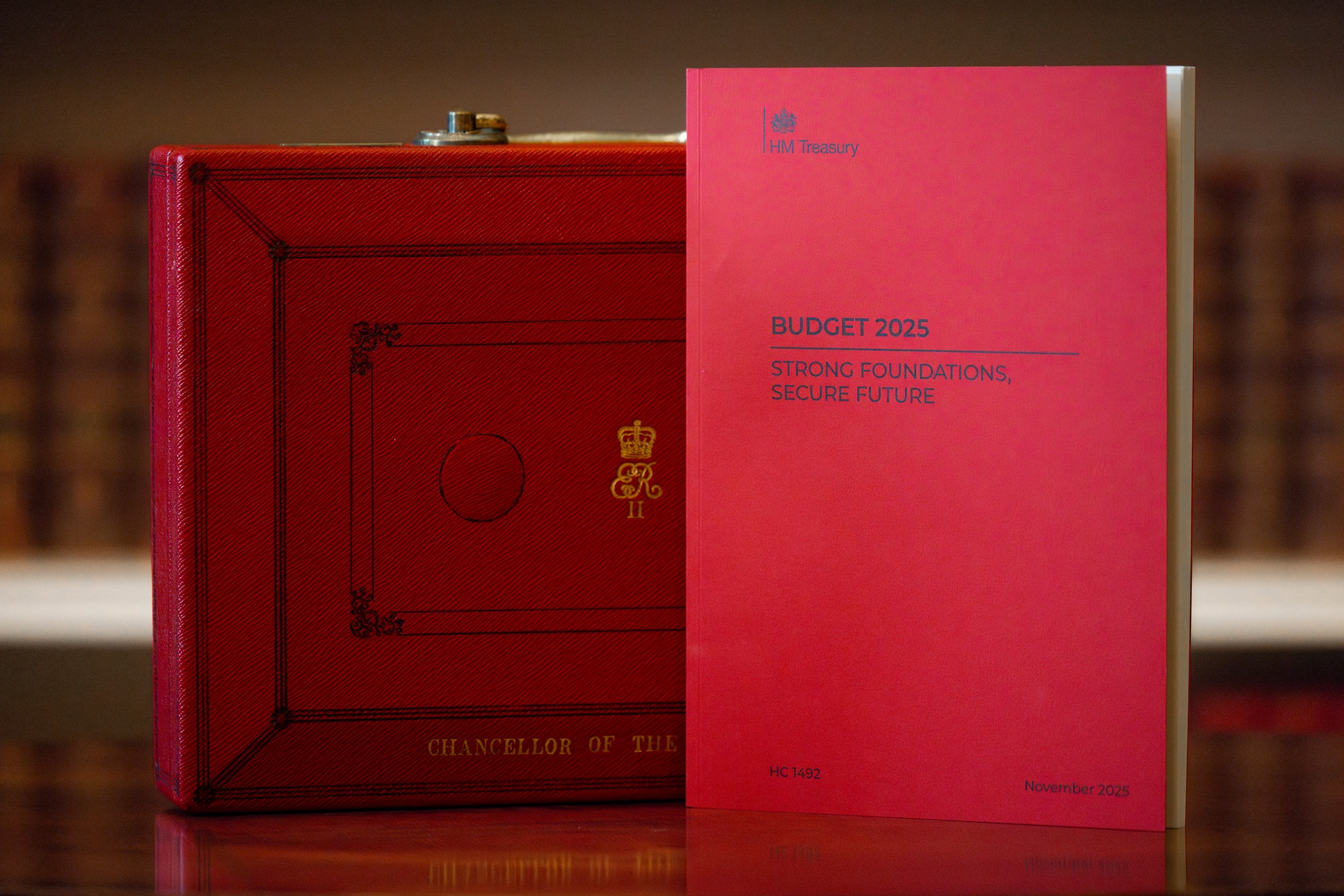The history of the R&D tax credit scheme
The history of R&D tax credits starts when they were introduced in 2000 and they have been widely regarded as a success since, unlocking considerable boosts for businesses and inspiring start-ups and larger enterprises to focus on innovative projects.
Their history spans across more than 20 years and the scheme has evolved in that time, largely impacting the way they are used by businesses in the UK.
Currently, Research and Development (R&D) tax credits are a form of tax relief granted by the UK Government that rewards companies of all sizes (including start-ups) and sectors that invest in innovation.
This reward can take the form of either a direct cash payment from HMRC or a Corporation Tax reduction.
The history of R&D tax credits
R&D tax credits were first launched for SMEs in 2000 by the UK Government. Following a consultation period, research and development tax relief was first introduced by the Labour government, under Chancellor Gordon Brown. Through the incentive, they wanted to show how the UK is a world leader in innovation and demonstrate their commitment to being at the forefront of technical capability. The idea of the R&D tax credits system is to offer a reduction in Corporation Tax and/or a payable credit to those SMEs who implement research and development projects within their organisation.
Research & Development tax credits were introduced as a way for SMEs to increase the percentage of GDP being spent on R&D from 1.7% to 3%. A separate incentive for larger companies, called R&D expenditure credit (RDEC), was established in 2002 (see below). Learn more about R&D tax credits.
2002-2008
In April of 2002, 3 changes are made to the R&D tax credits system: R&D capital allowances are introduced to deliver tax relief for R&D-related capital expenditure, replacing Scientific Research Allowances; the Corporation Tax rate drops from 20% to 19% for SMEs (reverting to 20% in 2007); tax relief is introduced for the R&D work of large companies.
In September 2003, the SME scheme was made more accessible with the removal of a minimum spend and the simplification of claiming for R&R-related staffing costs.
Further changes were introduced in April 2004, with a wider range of costs eligible to be claimed for, including those materials either consumed or transformed in the R&D process (such as water, fuel and power).
In 2008, the threshold for headcount, annual turnover and balance sheet assets were doubled under an amendment to SMEs, meaning more companies were classified as such and could claim under the scheme. At the same time, scheme relief rose from 50% to 75% (and increased again to 100% in 2011 and 125% in 2012) and payable credit dropped from 16% to 14% (to 12.5% in 2011 and 11% in 2012).
2009-2015
HMRC broaden the scope in 2009 by introducing Qualifying Indirect Activities (QIA), allowing more activities to be claimed for under the scheme, such as the admin, finance and security costs associated with R&D projects.
In 2011, the Corporation Tax rate for non-SMEs is reduced from 28% to 26% – this was to support the government’s goal whereby all companies have a single rate of Corporation Tax, dropping from 30% to 20% between 2002 and 2015.
April 2012 saw another reduction in Corporation Tax (26% to 24%), a change to the definition of EPW (Externally Provided Workers) which removed a restrictive set of requirements, as well as the removal of minimum spend and the PAYE and NIC liabilities cap.
In April 2013, the RDEC incentive (Research and Development Expenditure Credits) was introduced, replacing the large company scheme that was previously in effect. RDEC accounts for the benefit in profit-before-tax and was brought in to provide greater certainty, value and visibility to loss-making companies. Two years later, the RDEC rate increased from 10% to 11%.
In 2015, when the Corporation Tax finally became 20% for all companies, the SME scheme enhancement was increased to 130% and tighter rules were imposed on the eligibility of consumable materials.
2016-2022
In 2016, after 3 years of running side by side with RDEC, the large company super deduction scheme was terminated. Two years later, in 2018, the RDEC rate was increased to 12%.
2019 saw the introduction of an online service for SME and RDEC claims as well as the first consultation by the government to prevent the R&D tax relief scheme from being abused, including the reintroduction of the PAYE and NIC cap in 2021. Also in 2019, HMRC made CT600 and computation mandatory in a bit to improve the quality of tax credit claims.
2020 saw a further three consultations, including part two of Preventing Abuse of the R&D Tax Relief for SMEs, which meant businesses that had a payable tax credit of less than £20,000 did not need to apply the PAYE and NIC cap. The other two consultations focused on data and cloud computing expenditure and the UK Research and Development Roadmap. The RDEC rate is also increased this year, to 13%.
In 2021, the government responded to the R&D tax relief consultation and announced reforms: data and cloud costs were now included within qualifying expenditure, UK innovation was refocused and steps were taken to improve compliance and reduce system abuse. In response to the coronavirus pandemic, the government also allowed businesses to temporarily set losses against up to three previous profitable years.
2023 onwards
Looking ahead, April 2023 is set to include more allowances within qualifying expenditure (including data licenses, cloud costs and pure mathematics), and new measures will be introduced to further limit abuse of the R&D tax relief system.
The introduction of R&D tax credits saw the UK join several other countries such as Canada, Hungary, Japan and the United States that were already offering research and development tax credit incentives to drive innovation among businesses.
R&D tax relief was designed to encourage growth and reward businesses to invest in either new or improved products, processes, services, devices or systems.
Not only have R&D tax credits withstood the 2008 financial crisis as well as several government changes since their introduction, but they also remain an important element of business funding today.
To find out more, watch our helpful video.
SME vs. RDEC
Following the SME tax credit incentive, a separate incentive for larger enterprises called the R&D expenditure credit (RDEC) was later launched in 2002.
Both branches of the tax credit scheme allow small and larger businesses to invest in innovation and development:
- The SME (Small-Medium Enterprise) branch is designed for small to medium-sized businesses
- The Research and Development Enhanced Credit (RDEC) scheme is designed for larger corporations
SME tax credits are suitable for businesses that:
- Employ no more than 500 staff members
Have an annual turnover of under 100 million euros OR a balance sheet of under 86 million euros.
RDEC tax credits are suitable for businesses that:
- Employ over 500 staff members
- Have an annual turnover of 100 million euros or more
- Have at least 86 million euros in gross assets
Read more about the accounting treatment for R&D tax credits.
What are the benefits of R&D tax credits?
There are countless business benefits of R&D tax credits, including:
- A rebate on your Corporation Tax
- A payable tax credit or cash
- An enhanced deduction which your company can carry forward should you wish
- Improved cash flow
- Extension of funding
- Demonstrates to investors and stakeholders that you are developing something valuable in the eyes of the government
What counts as R&D?
R&D for tax purposes is defined by the UK Government as taking place when a project seeks an advance in science or technology. Despite misconceptions, this can apply to any sector.
This can include the development of a new:
- Product
- Process
- Service
- Device
- Knowledge
It also includes the improvement of any of the above. R&D qualifying activities can also look different depending on the sector that you operate in. You can also make a claim if a project was unsuccessful in reaching its goal.
FAQs

Can we help your business?
Book a free consultation with our expert R&D funding advisors today. We specialise in helping innovative businesses like yours unlock millions in government funding, specifically allocated to fuel your innovation. Let us help your business access the support it deserves.









.svg)


